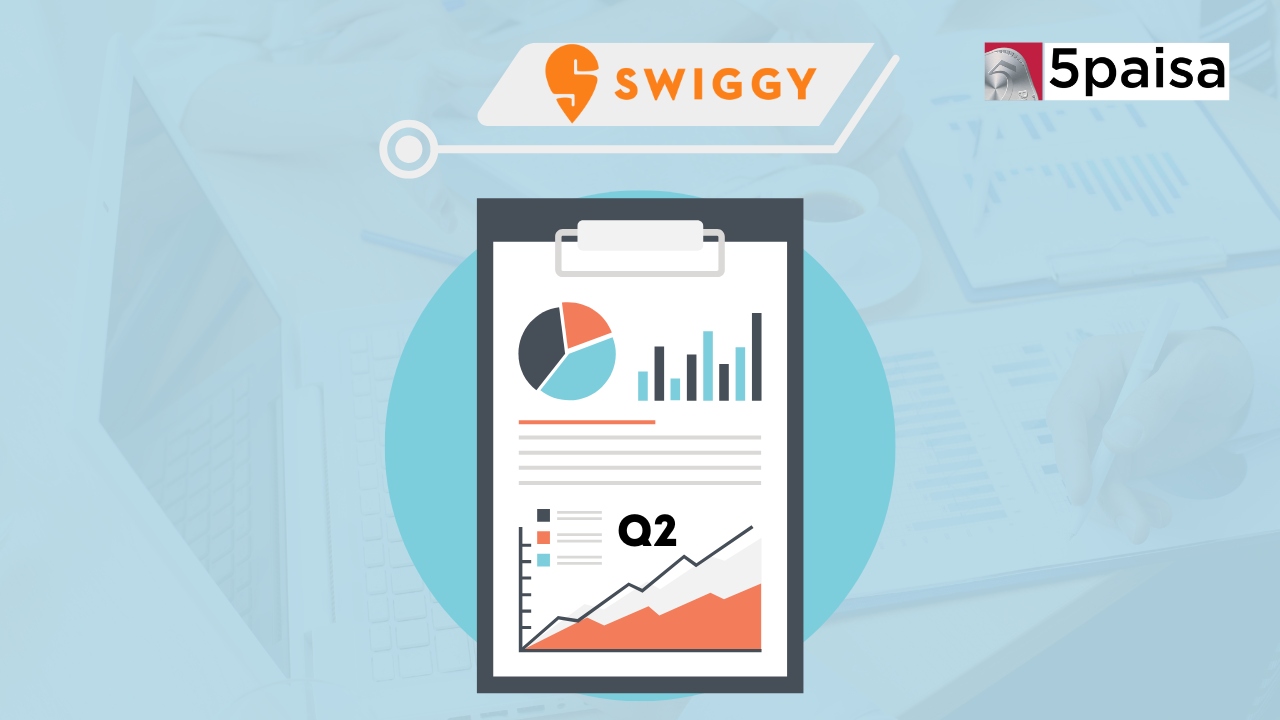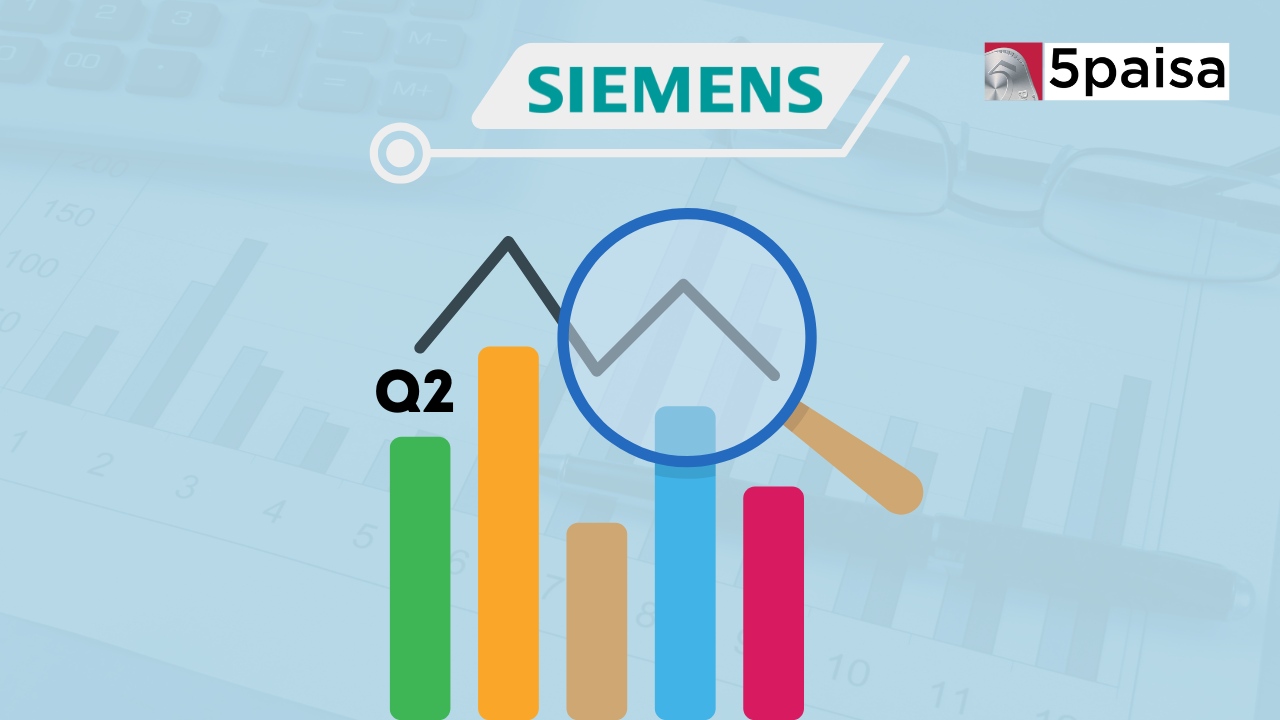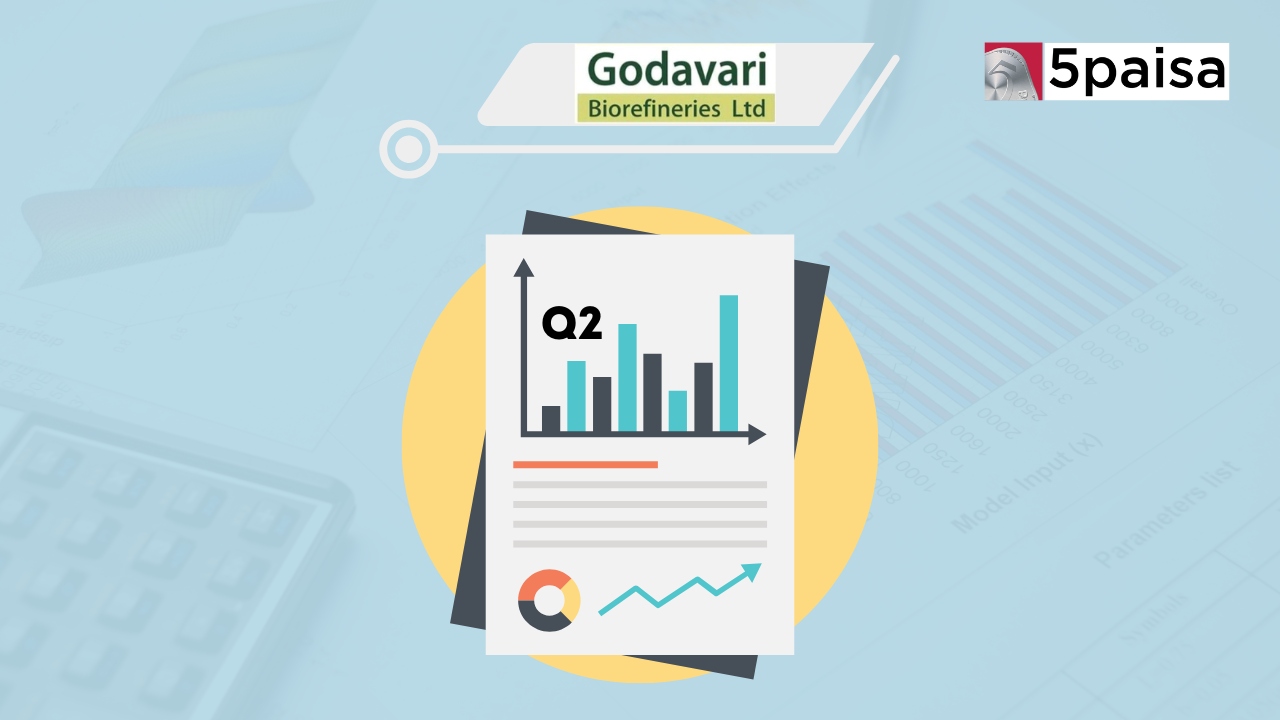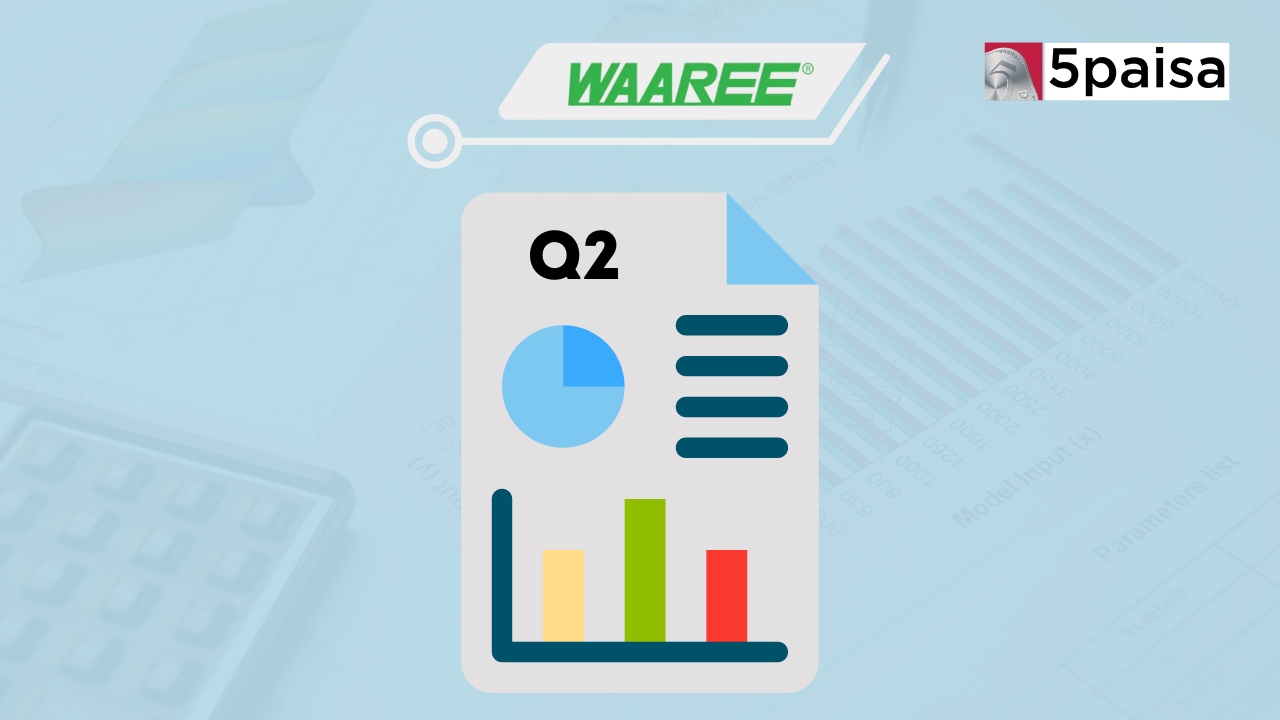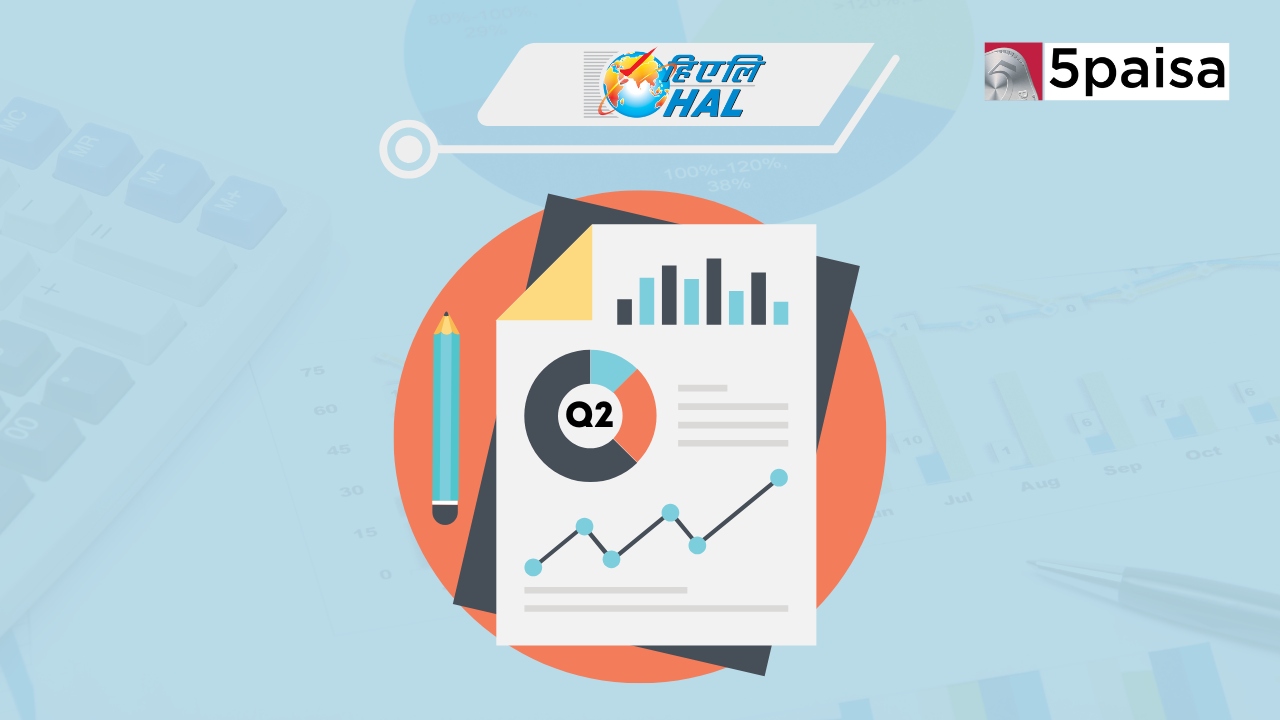Swiggy Reports ₹625.5 Cr Net Loss in Q2 Despite Revenue Growth
What we read from the RBI May-24 Forward Looking Surveys

Why Are We Looking At RBI Forward Looking Surveys?
Every alternate month, the RBI releases its forward looking surveys. In June 2024, on the same day that the Monetary Policy was announced, the RBI also released the comprehensive forward looking survey for May 2024. Here is what this survey is about. It essentially covers consumer confidence, expectations on inflation and the survey of professional forecasters on macroeconomic indicators. The banking survey and the manufacturing survey has not been done this time around and will be available in the next round of RBI forward looking surveys in August 2024.
Let us quickly look at the macroeconomic backdrop to the RBI forward looking surveys. For Q4FY24, India reported GDP growth of 7.8% and for FY24, the GDP growth was 8.2%, one of the best growth reported in normal years. It reinforces India’s position as the fastest growing largely economy in the world for third year in a row. The other big announcement was that the fiscal deficit for FY24 fell to 5.6% of GDP, compared to the interim budget revised estimates of 5.8% and 5.9% in the original budget. Other high frequency indicators like the IIP growth, core sector growth, GST collections, value of e-way bills and freight volumes have also given robust indications leading the RBI to upgrade its GDP forecast for FY25 by 20 bps from 7.0% to 7.2%.
In addition, the current account deficit (CAD) for Q3 came in 1.2% of GDP, with the full year CAD likely to inch up from $31.5 Billion to just about $35 Billion. That would be CAD of less than 1% of GDP; an extremely comfortable scenarios. The final CAD data for Fy24 will only be available on the last working day of June 2024. However, there were some legitimate concerns too. The elections have thrown up a mandate for a coalition government and there are concerns that the government economy policy may shift more towards appeasing sections of the allies. Amidst growing tensions in the Middle East (between Iran and Israel), the Brent Crude prices shot had up to $90/bbl, but has since sobered to under $80/bbl. The rupee continues to be under pressure due to persistent strength in the dollar; although the rate cut expectations should now sober the dollar too. Above all, with ECB also cutting rates, the markets are still awaiting rate trajectory in India. Now, over to the RBI survey.
Decoding The RBI Consumer Confidence Survey
The first part of the RBI forward looking surveys is the consumer confidence survey. Why is this part of the survey material? Improving consumer confidence impels consumers to spend and also invest in the economy and is at the core of consumption driven growth. That is why this survey is a key factor in private spending. In an economy like India, that is driven largely by domestic demand, consumption expenditure and has larger ramifications for demand and also for demand-led growth. This survey collects data on the latest consumer confidence level compared to last year and also looks at one year forwards consumer confidence to give a futuristic view. Here are key takeaways from the consumer confidence survey conducted in May 2024 and presented in June 2024.
- The current consumer confidence index in May 2024 has fallen slightly from 98.5 to a level of 97.1 as compared to the previous survey of March 2024. This indicates a marginal fall in the consumer confidence levels over the previous year. This data point had shown similar improvement in the last two surveys. This could attributed more to the political and economic situation being in a state of flux.
- What about the one-year ahead expectations. The one year forward expectations have also moved down to 124.8 in May 2024, compared to 125.2 in March 2024. It may be recollected that the previous survey level of 125.2 showed consumer confidence higher than in pre-COVID India. Here again, the trend has tapered in May 2024 after 2 consecutive surveys showing an improvement.
- Let us now turn to the break-up of the current perception compared to one year ago. At 97.1 versus 98.5, it is a sign of consumer confidence sentiments in May 2024 still being negative, and also going down marginally from the March 2024 survey. What were the triggers for this shift. The current perception of price level is still in the negative, and this figure has deepened compared to the March survey. Similarly, even the employment perception has shown a negative trend in expectations in May 2024, compared to March 2024. In terms of income, the sentiments are positive but lower than last time. The only positive signal comes from spending, which has actually shown an improvement in may 2024 over the March 2024 survey, which may be a good portent for consumer demand.
- So, how are the one year ahead expectation in May 2024 compared to the last survey in March 2024? Overall, one-year ahead consumer confidence index have only fallen marginally over the last survey from 125.2 to 124.8. There is substantial improvement in the consumer optimism about income and spending levels compared to the last survey. The perception of price levels is still negative, but improving over March. In the case of one-year forwards estimates of economic and employment, the survey betrays a sense of pessimism among the survey respondents. The macro picture still looks hazy.
Consumer confidence is marginally lower over the last survey, both in terms of current status and future perception. Consumer confidence on a 1-year forwards basis had touched a life-time high, but the amalgam of political and economic uncertainty appear to have made the survey respondents generally more cautious.
What The RBI Inflation Expectations Survey Says
RBI measures inflation expectations based on 3 months ahead data and 1-year ahead data; to get a futuristic perspective of high frequency expectations and long-term expectations. The RBI is not only keen on managing inflation but also in managing inflation expectations, as that has a profound impact on the way consumers behave, how they spend, and how the demand picks up. Here are the quick findings from the inflation expectations survey.
Inflation expectations are higher, although perception of current inflation is lower. The household current inflation perception in May 2024 is flat at 8.0%, which is 10 bps lower than the Marcy 2024 survey level of 8.1%. This is the consumer inflation as experienced by the consumers and not the CPI inflation that MOSPI reports on a monthly basis.
- In the last survey published in April 2024, the 3-month expectations of inflation and the 1-year expectation of inflation had moved lower. However, that situation has reversed in June 2024. For the May period, the median inflation expectation for the 3-months ahead period has risen by 20 bps from 9.0% to 9.2%. That is because, the people believe that inflation automatically goes up during elections and the food basket is already pinching. As a result, even the inflation expectation from a 1-year perspective moved higher by 10 bps from 9.8% to 9.9% based on May 2024 survey data.
- The big change in the May 2024 survey of inflation expectations over the March survey is that the inflation expectations on a 3-month basis and on a 1-year basis have trended higher; reverting to the trend of January 2024 data. This is largely an outcome of how the food inflation situation is handled and what people are experiencing real time in terms of the impact of inflation on a daily basis.
- There were some interesting points that came out in the survey. Firstly, a larger share of people expect inflation to go up in the near term and the long run. Interestingly, female respondents had a lower assessment of inflation than male counterparts, while it was the self-employed group that expected the highest inflation risk.
- It appears that there are some concerns in the minds of people over how inflation is shaping up in recent weeks. The election period is always a period of political and economic uncertainty and certain essential products do spike in this period. That may have impacted the perception of respondents and we should get a more unbiased view in July data survey.
RBI Forward Looking Survey - Professional Forecasts On Inflation
While consumer surveys are based on experiences, they lack the finesse of scientific expectations. That is where professional forecasters come in. They bring in a professional twist to the macro expectations and hence their projections carry a lot of empirical weight. This is not to be compared with the consumer perception inflation, which is more about household budget impact. Here are key takeaways on professional inflation forecasts.
- As per the survey of professional forecasters, the annual headline inflation, based on consumer price index is expected to gravitate towards 4.5% for FY25 and at 4.5% for FY26 also. This is in line with what the RBI also projected in the monetary policy.
- In terms of the immediate trajectory of inflation, the yoy inflation is expected at 4.8% in the Q1FY25 and is likely to moderate thereafter to 3.8% in Q2FY25. However, in subsequent quarters, inflation is likely back to the range of 4.7%-4.6%; in Q3 and Q4.
- CPI inflation, excluding food and beverages, pan, tobacco and intoxicants, and fuel and light (approximating to core inflation), is expected at 3.4% in Q4FY24 and Q1FY25, but rising further to 3.7% in Q2FY25 and further to the range of 4.1%-4.3% in the subsequent quarters. Clearly, the expectation is that the impact of the Red Sea crisis on the food prices, fuel prices and supply chains would be long lasting.
While overall inflation expectations are still anchored to 4.5%, a lot will predicate on how the monsoons pan out and the Kharif output shapes. For now, the assumption is that monsoons would be normal and Kharif output will be at par with 2022-23 levels. However, inflation gains from the food basket are likely to be limited.
RBI Forward Looking Survey - Professional Forecasts On GDP
Growth in GDP will continue to be the overpowering story of FY25 and that is already evident in the 8.2% GDP growth in FY24. Here are the key findings.
The real GDP is expected to grow by 6.8% in FY25, which is a 10 bps upward revision from the March survey. However, it must be noted that the RBI monetary policy has already upped its FY25 GDP growth forecast by 20 bps to 7.2%. Real GVA (gross value added) has also been upped to 6.6% for FY25 and to 6.4% for FY26.
- The annual growth in real private final consumption expenditure (PFCE) and real gross fixed capital formation (GFCF) for FY25 are pegged at 6.0% (same as March) and 8.6% (20 bps higher) respectively. This indicates the potential for a sustained revival in the capital investment cycle in FY25 and FY26.
- For FY25 and FY26, the GDP and the GVA growth have been upgrade, which is natural after the latest GDP numbers put out by MOSPI for FY24 flattered on the upside.
RBI Forward Looking Survey - Professional Forecasts On External Trade
- The projections on external trade assume significance in the light of the ongoing Red Sea crisis and the recent projections of current account deficit under 1% of GDP in FY24. The final figure will only be known by end of June 2024.
- Merchandise exports (export of physical goods) is projected to grow by 3.9% in dollar terms in FY25 while the merchandise imports are likely to grow 5.2% in FY25. The next year is likely to see a recovery in overall trade, against the contraction in FY24.
- What about FY26? That still looks positive with merchandise exports and merchandise imports likely to grow by 5.1% and 6.0% respectively on a yoy basis. However, the estimates have been revised lower from March, in line with WTO projections.
- Finally, on the subject of the current account deficit (CAD), it is projected at under 1.0% of GDP in FY24, which will be known by end of June 2024. The FY25 current account deficit is likely to be flat at 1.0% of GDP while the FY26 CAD is likely to narrow to 1.1% of GDP, compared to 1.2% in the previous estimate in March 2024.
While goods trade is likely to remain under pressure, it would be more than made up by services trade. Effectively, the current account deficit as a share of GDP is likely to trend gravitate to around 1% of GDP in the next two years.
- Flat ₹20 Brokerage
- Next-gen Trading
- Advance Charting
- Actionable Ideas
Trending on 5paisa
Corporate Actions Related Articles
Disclaimer: Investment in securities market are subject to market risks, read all the related documents carefully before investing. For detailed disclaimer please Click here.

 5paisa Research Team
5paisa Research Team
